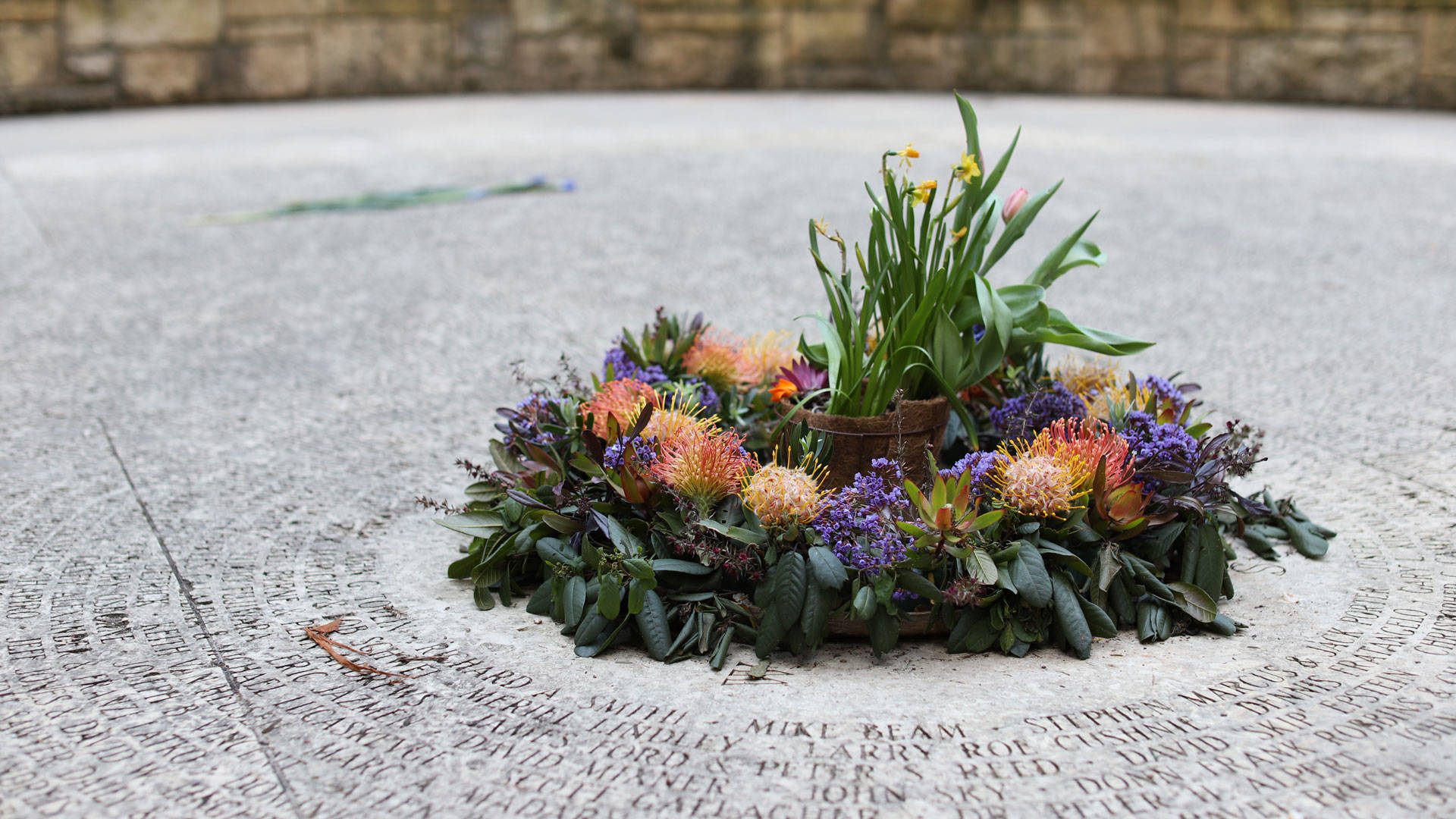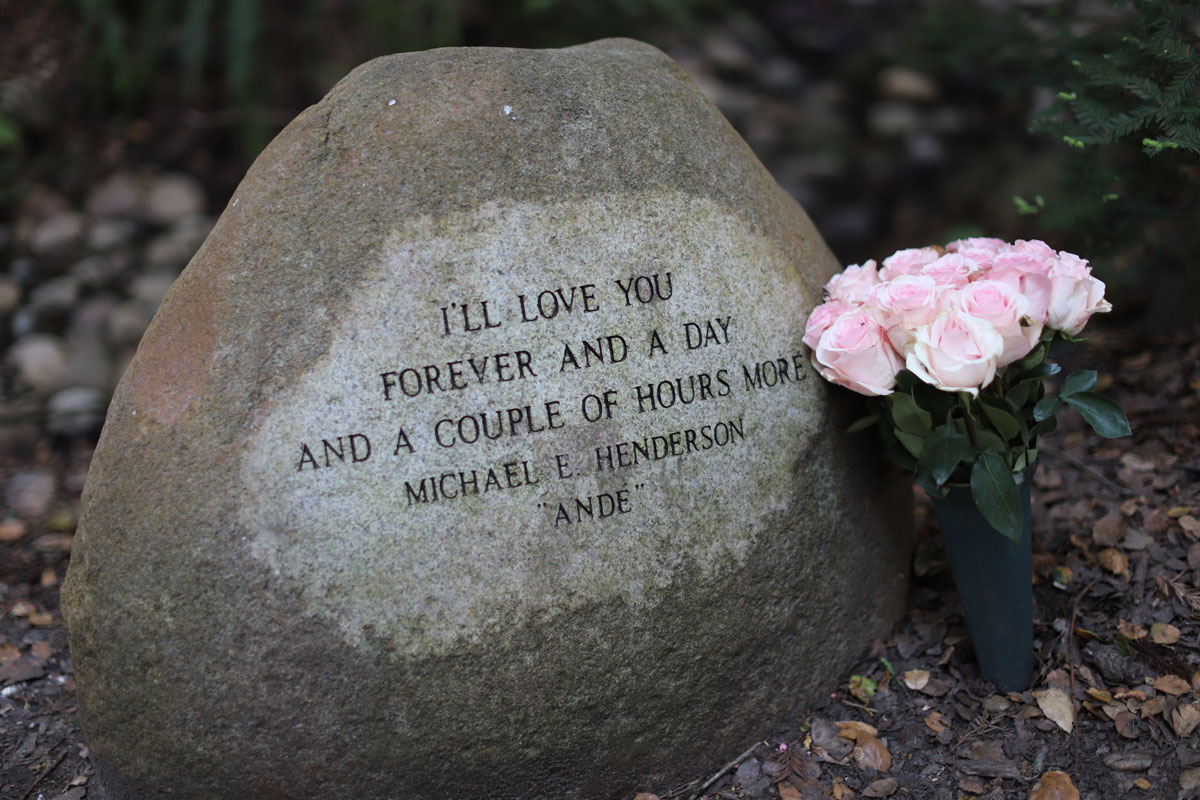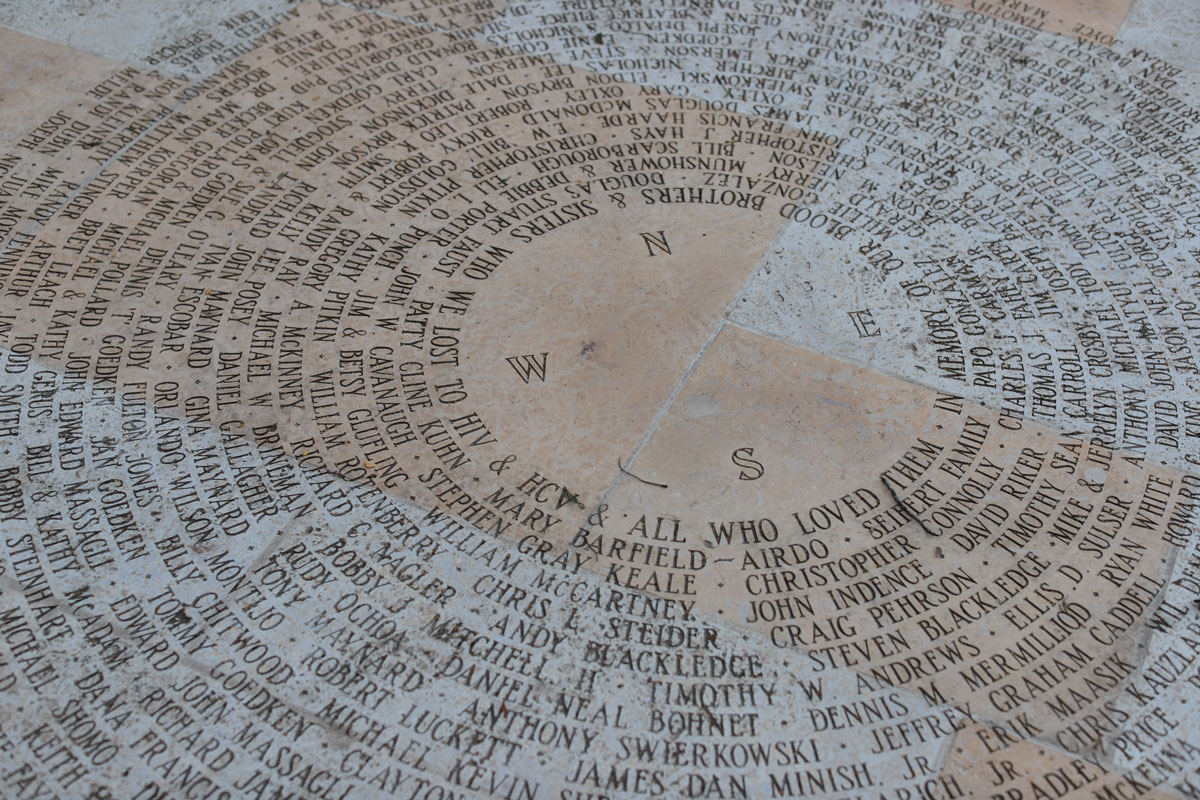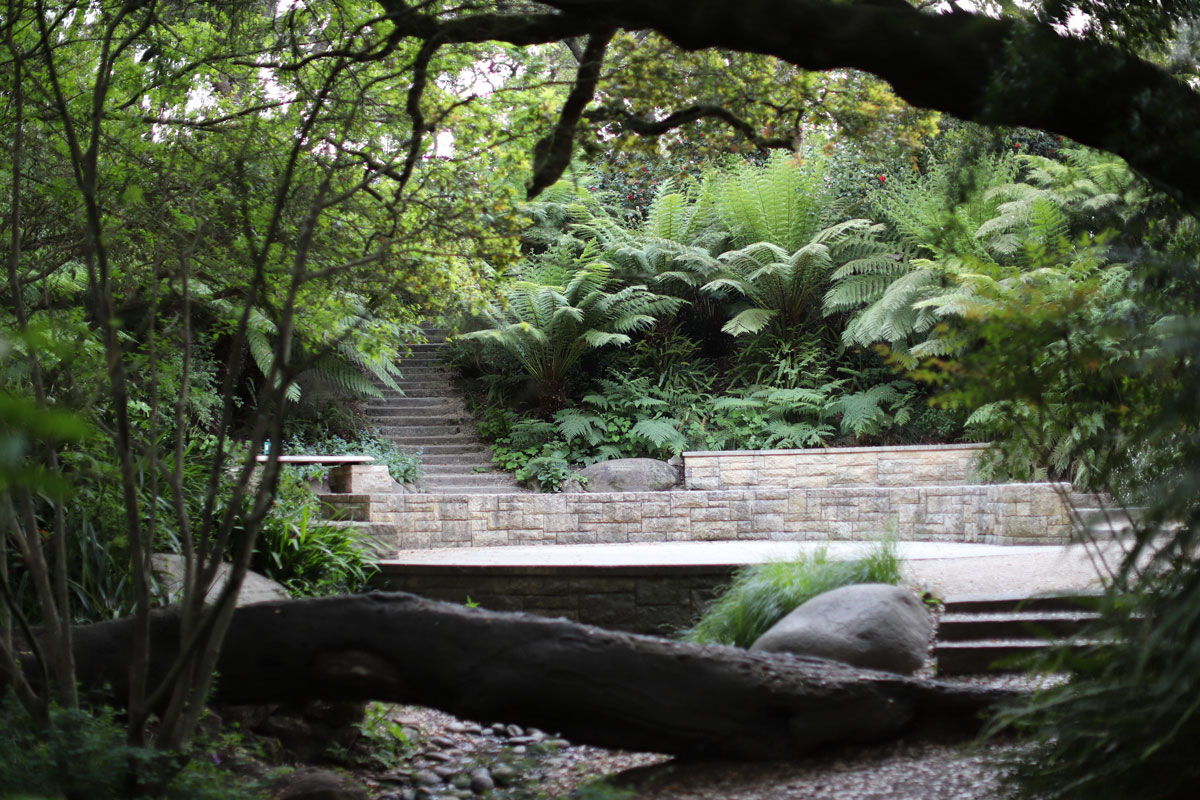I’ve lived in San Francisco long enough to see the city through the fog, at the slant where Market Street runs diagonal to the ocean and the clouds churn slowly over Dolores Park. At this axis the physical city gives way to a psychic city, where cramped Victorians and one-way streets reveal their hidden depths, thresholds to a parallel San Francisco whose vastness and potential cannot be contained by a seven-by-seven peninsula.
I’ve lived in San Francisco long enough to begin to lose sight of this parallel city, as its infinite promise is circumscribed by failures of imagination—needless solutions to frivolous problems and a pitiless lack of answers for daily crises. The ethos of this parallel place, the Haight-Ashbury dream of leading a mindfully communal, fiercely independent life, has not been renewed since the ’60s. It’s a spirit that feels incompatible with tech’s cult of personality and iconography of progress—a tension made manifest through heartbreaking juxtapositions: glittering, empty skyscrapers rising from filthy, tent-ridden streets; impossible advances incapable of advancing anything at all.
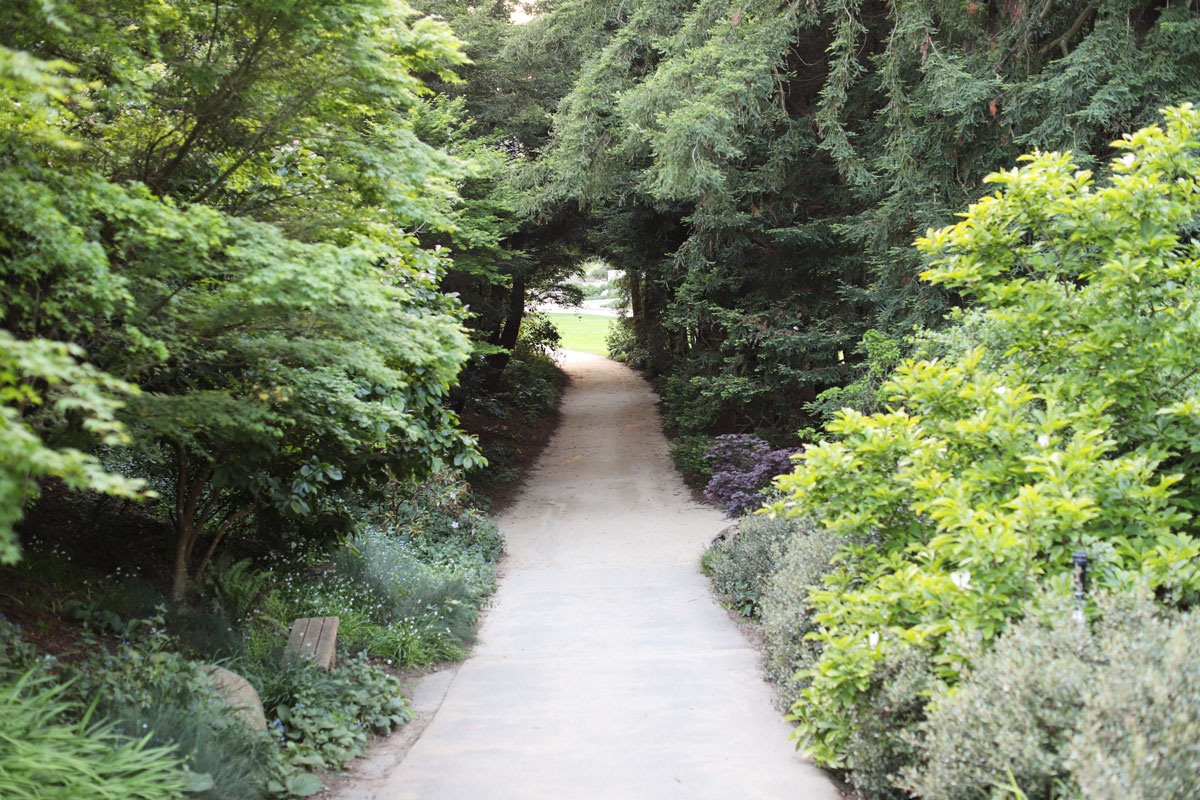
For the past few years the National AIDS Memorial Grove in Golden Gate Park has been my refuge from the noise and contradictions of the rest of the city. It is a 30-minute walk from my apartment, but feels worlds away; a parcel of land as insulated from the shouts of Koret playground and the fumes of Hippie Hill as it is from the ubiquity of AirPods and the looming Salesforce Tower. It provides a rare public space for personal epiphanies and private contemplation, and situates them in the midst of one of San Francisco’s greatest communal projects.
The Grove was first conceived at the height of the AIDS epidemic in the late ’80s, a time founding member Alice Russell-Shapiro remembers as “when people would lose everyone in their address books.” Spurred to action by crisis conditions and the inescapability of the reality of sickness, a small group of San Franciscans gathered to create a memorial that would raise awareness, honor the deceased and provide a location for the living to reflect upon what remained.
Like many queer spaces, the AIDS Memorial Grove imagined and actualized a context for itself where none had existed previously. Situated in the former de Laveaga Dell, a once-derelict corner of Golden Gate Park that formerly ranked among its most dangerous areas, the Grove is a revitalized place. In 1996, it was designated a National Memorial by Congress and President Bill Clinton; the Grove has raised a sizable endowment for its preservation. Since 1991, when the Grove first inaugurated its monthly workdays, volunteers have spent a quarter of a million hours refurbishing the site.
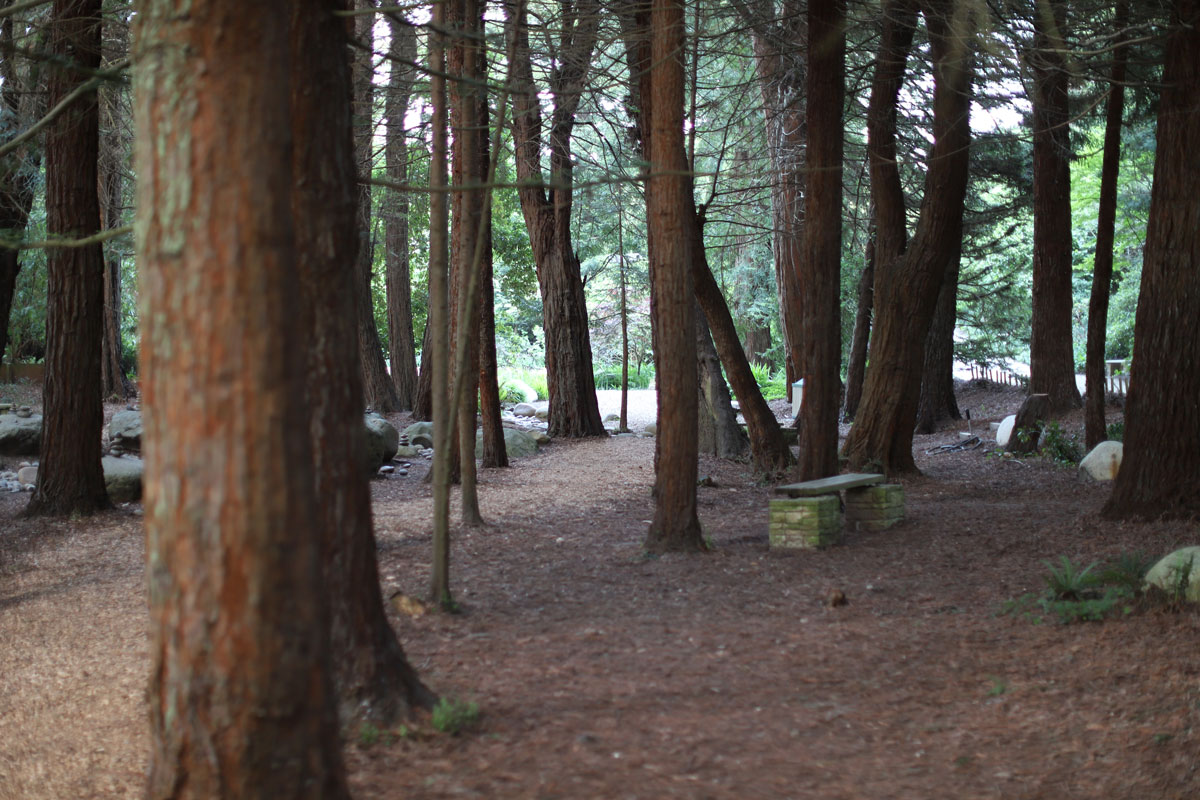
The once-flooded meadow has been irrigated into a green pasture surrounded by slopes teeming with flowers; the only remaining evidence of overflow is the stream that snakes down the paths from a mouth at the Fern Grotto. The volunteers’ next project will be to restore the lavender slope, an herb valued as much for its soothing properties as for its pleasing shade of purple-blue. “The color palette that was designated in the original masterplan calls for no bright colors,” says the Grove’s executive director, John Cunningham. “Everything is supposed to be serene and contemplative.”
